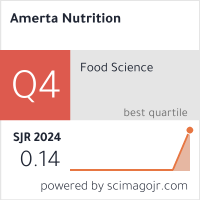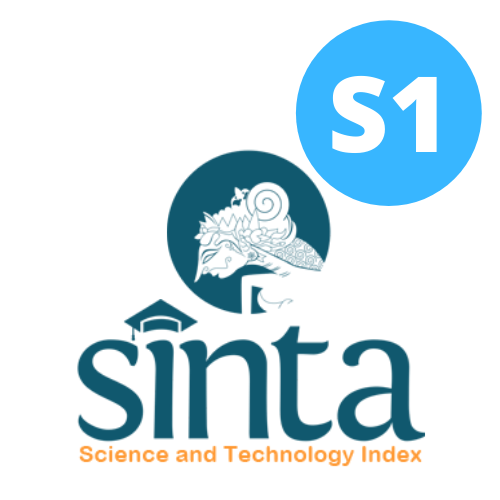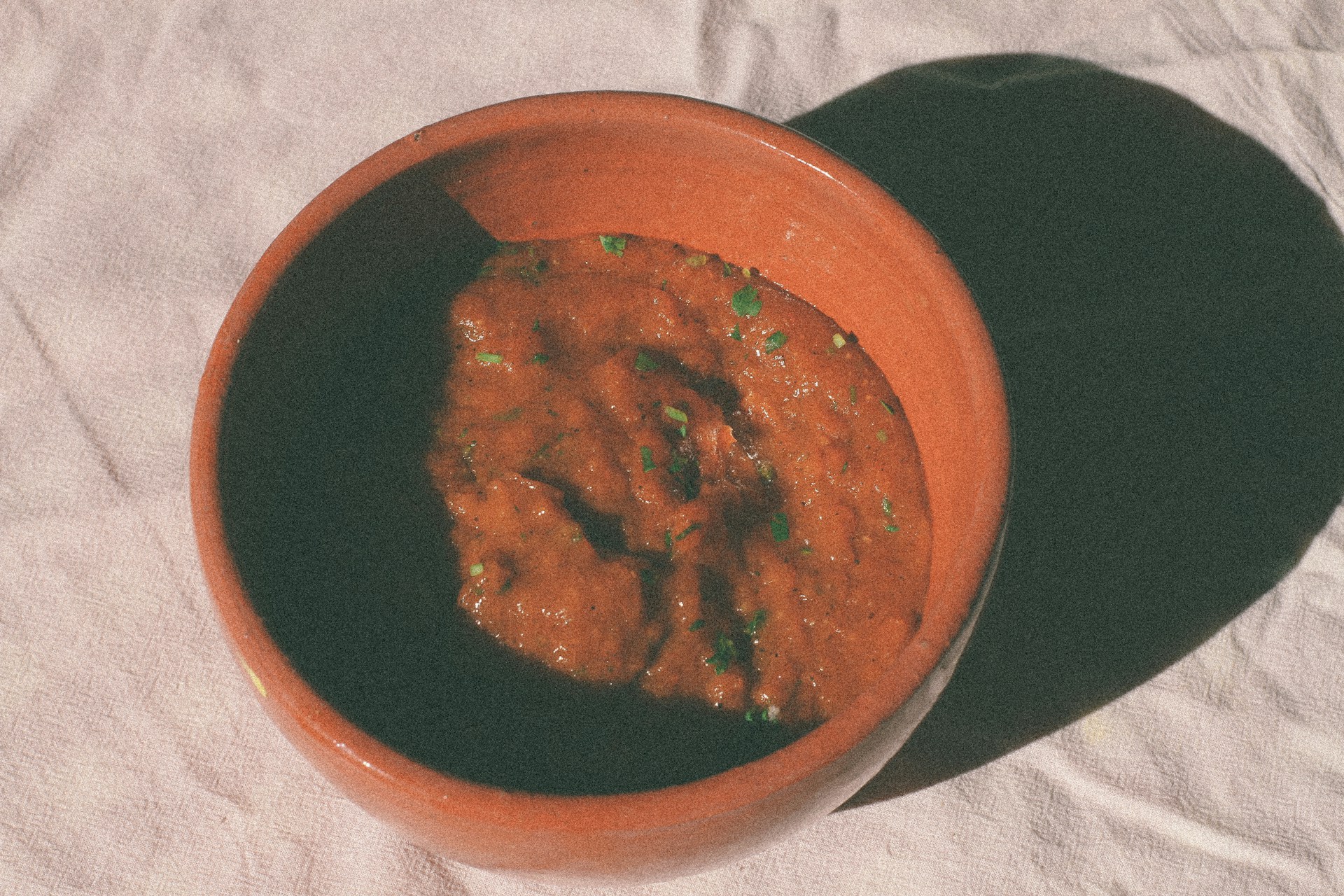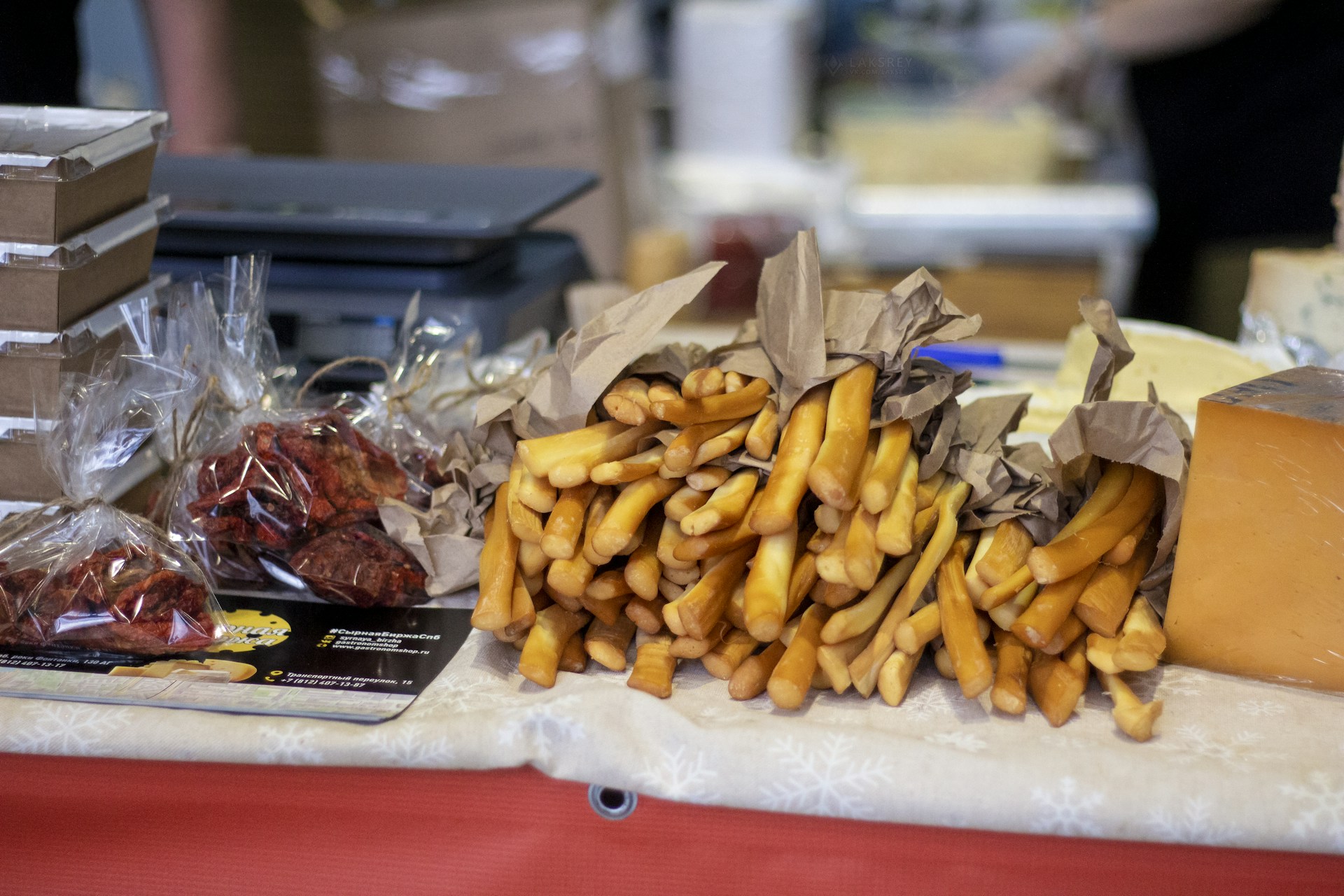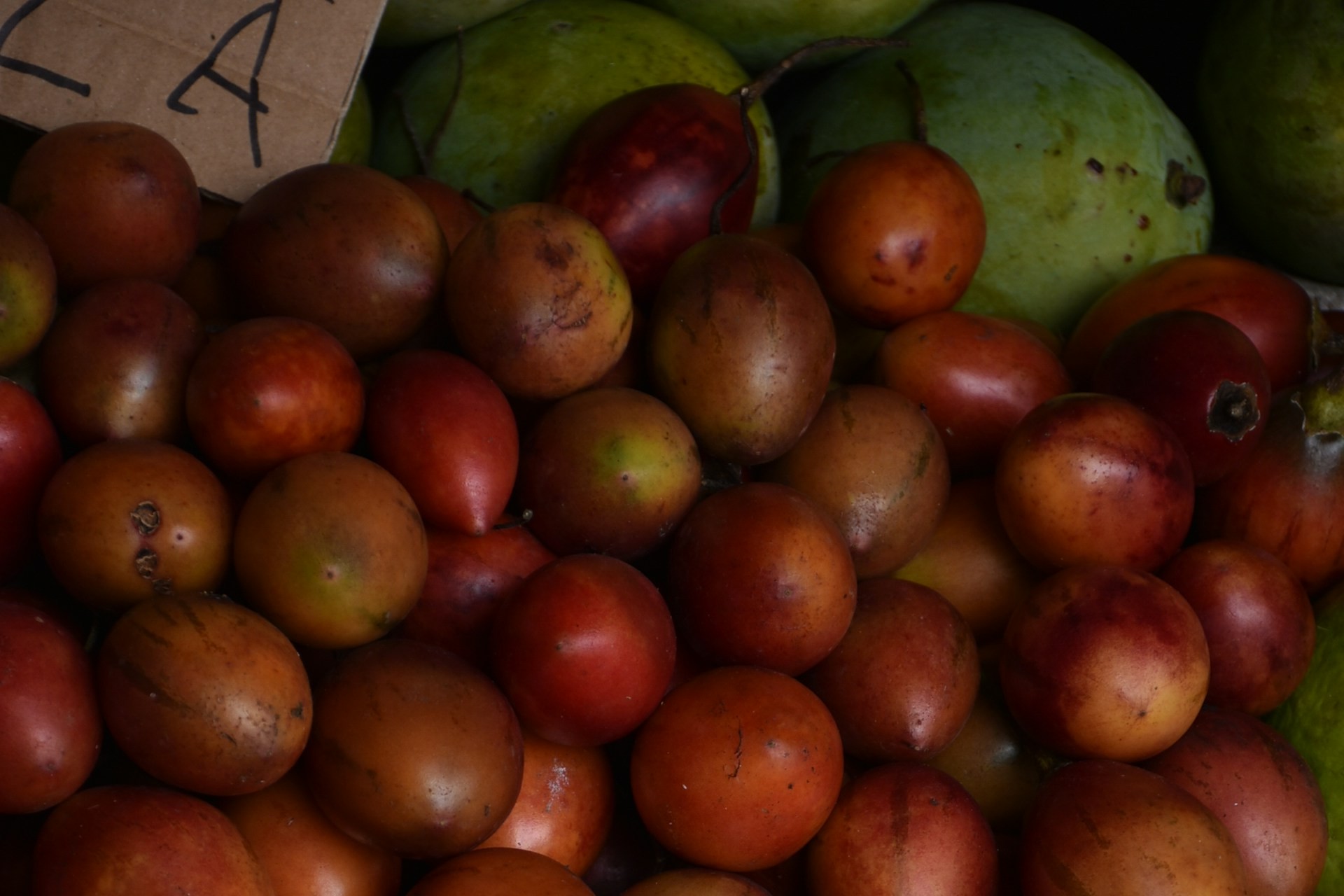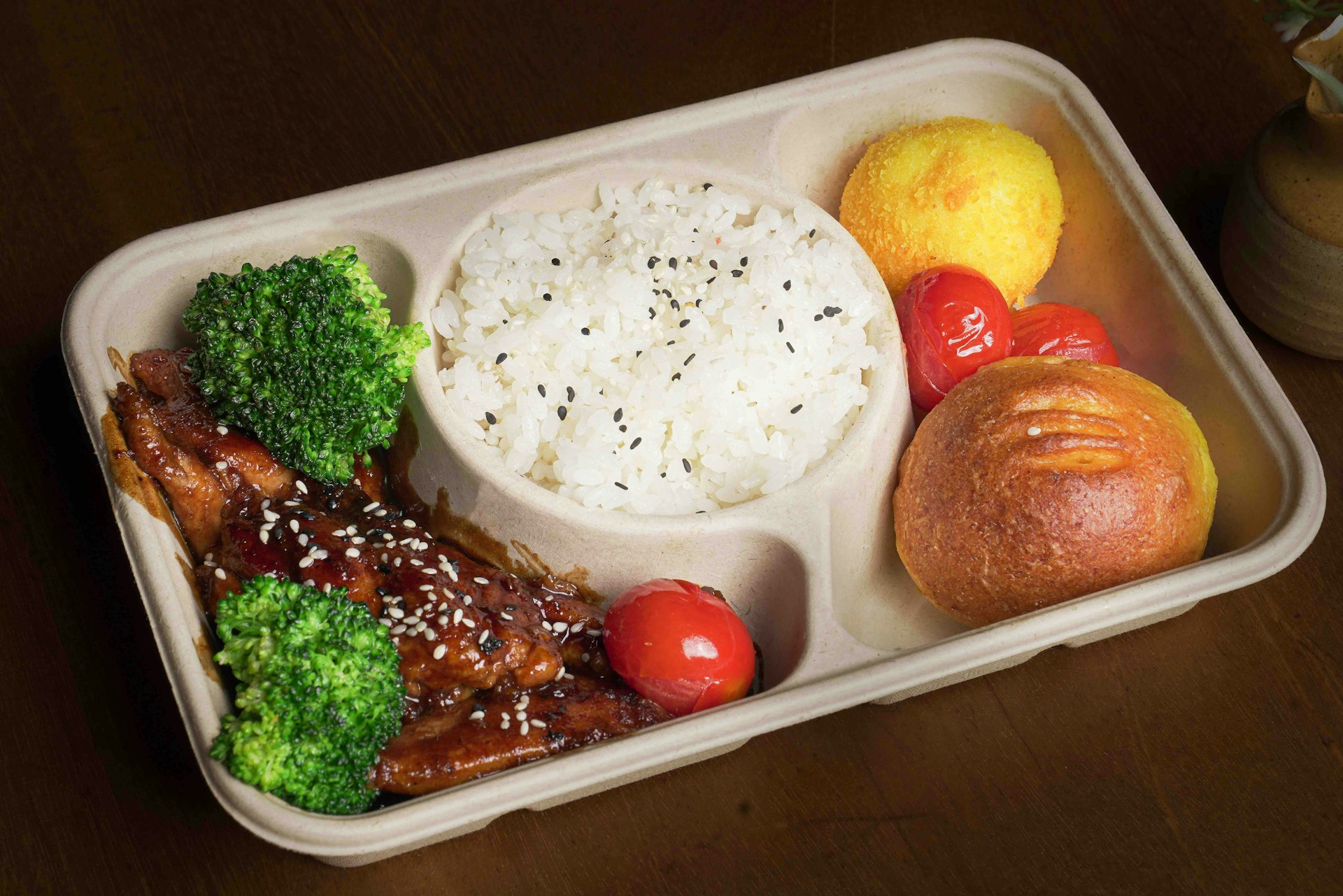Exploring Cultural Influences on Eating Habits and Lifestyles Among Tengger Tribe Adolescents: A Qualitative Approach
Eksplorasi Pengaruh Budaya Luar terhadap Kebiasaan Makan dan Gaya Hidup Remaja Suku Tengger: Studi Kualitatif
Background: The eating habits and lifestyles of adolescents are strongly influenced by their culture. Adolescents from Tengger tribe may be affected by external cultural influences, as their area is a famous tourism destination.
Objectives: The purpose of this study was to analyze the cultural influences on the eating habits and lifestyles of Tengger adolescents.
Methods: This qualitative study involved interviews with 15 Tengger adolescents as key informants and the Head of Wonokitri Village. The variables examined include Tengger tribal culture, external cultural influences on eating habits, and various lifestyle aspects such as fashion choices, socialization behaviors, smoking, alcohol consumption, and gadget usage. Data were collected through in-depth interviews and observations of adolescent habits and analyzed using inductive analysis.
Results: The results showed that Tengger adolescents still strongly adhere to their cultural customs. However, external cultural influences are also evident, as seen in their growing preference for fast food, evolving fashion styles, social interactions, smoking habits, alcohol consumption, and gadget use.
Conclusions: The study concludes that, while Tengger adolescents continue to uphold their local culture, they are also indirectly influenced by external cultural elements in their eating habits, fashion choices, social behaviors, smoking, alcohol consumption, and gadget use. Therefore, it is recommended that Tengger adolescents critically evaluate which cultural influences have a positive impact on their lifestyles.
Santrock, J. W. Adolescence 7th ed. (Mc Graw Hill, 2013).
Brown, J. E. Nutrition Through the Life Cycle. (Wadsworth Publishing, 2016).
Qidwai, W., Ishaque, S., Shah, S. & Rahim, M. Adolescent Lifestyle and Behaviour: A Survey from a Developing Country. PLoS One 5, e12914 (2010). DOI: 10.1371/journal.pone.0012914.
Ali, D. B. S. The Mind Body Interaction: Interdependence of Physical and Mental Health. (2022). Available at: http://www.aku.edu.pk/AKUH/ health_awarness/pdf/Interdependence-of-Physical-and-Mental-Health (Accessed: 12th December 2022).
Putri, F. K. et al. Review: Local wisdom of the Tengger Tribe, East Java, Indonesia in Environmental Conservation. Asian Journal of Ethnobiology. Asian Journal of Ethnoviology 5, 20-34 (2022). doi:10.13057/asianjethnobiol/y050103.
Naderifar, M., Goli, H. & Ghaljaie, F. Snowball Sampling: A Purposeful Method of Sampling in Qualitative Research. Strides in Development of Medical Education 14, (2017). DOI: 10.5812/sdme.67670.
WHO. Adolescent Health in South-East Asia Region. (2022). Available at: https://www.who.int/southeastasia/health-topics/adolescent-health (Accessed: 17th December 2022).
Indonesian Central Statistics Agency. Jumlah Sekolah, Guru, dan Murid Sekolah Dasar (SD) di Bawah Kementerian Pendidikan dan Kebudayaan Menurut Kecamatan di Kabupaten Pasuruan, 2018/2019 dan 2019/2020. (2020). Available at: https://pasuruankab.bps.go.id/statictable/2020/05/26/371/jumlah-sekolah-guru-dan-murid-sd-menurut-kecamatan-di-kabupaten-pasuruan-2018-2019-dan-2019-2020.html. (Accessed: 27th December 2022).
Suratri, R. & Gunawijaya, J. The Dynamics of “Ethnic Boundary”: In the Identity of the Tengger Community of Madurese Descent. Advances in Anthropology 11, 44–67 (2021). DOI: 10.4236/aa.2021.111005.
Phasha, L. et al. Influence of Cultural Practices on Food Waste in South Africa—A Review. Journal of Ethnic Foods 7, 1-13 (2020). doi: 10.1186/s42779-020-00066-0.
Fatjerin, L. R. & Budirahayu, T. The Struggle of Tengger Tribal Youths Using Higher Education to Get Social and Cultural Status in Society. Jurnal Sosiologi Dialektika 16, 64-75 (2021). DOI: 10.20473/jsd.v16i1.2021.64-75.
Larasati, R. S. Success as social: Exploring young people’s understandings of success in rural Java. (University of Wellington, 2023).
Bahrudin, B., Masrukhi, M., & Atmaja, H. T. Pergeseran budaya lokal remaja suku Tengger di desa argosari kecamatan Senduro kabupaten Lumajang. JESS (Journal of Educational Social Studies) 6, 20-28 (2017). https://journal.unnes.ac.id/journals/jess.
Sazjiyah, S. R. Dinamika Kehidupan Masyarakat Suku Tengger Dibalik Kegiatan Pariwisata Bromo. Journal of Tourism and Creativity. 4, 105 (2020). DOI: 10.19184/jtc.v4i2.14818.
Badan Litbangkes Kemenkes RI. Perilaku Berisiko Kesehatan pada Pelajar SMP dan SMA di Indonesia. (2016). Available at: https://cdn.who.int/media/docs/default-source/ncds/ncd-surveillance/data-reporting/indonesia/gshs/gshs-2015-indonesia-report-bahasa.pdf?sfvrsn=eb05c71c_2&download=true. (Accessed: 20th March 2024).
Zhou, M., Zhang, N., Zhang, M. & Ma, G. Culture, Eating Behavior, and Infectious Disease Control and Prevention. Journal of Ethnic Foods 7, 1-7 (2020). DOI: 10.1186/s42779-020-00076-y.
Cavka, A. et al. Short-Term High Salt Intake Reduces Brachial Artery and Microvascular Function in the Absence of Changes in Blood Pressure. J Hypertens. 34, 676–684 (2016). DOI: 10.1097/HJH.0000000000000852.
Wani, P. H. & Sarode, N. Impact of Fast Food Consumption on Health. International Journal on Recent Trends in Business and Tourism. 2, 79–83 (2018). https://www.researchgate.net/publication/341042503_IJRTBT_IMPACT_OF_FAST_FOOD_CONSUMPTION_ON_HEALTH.
Roshita, A. et al. A Qualitative Inquiry into the Eating Behavior and Physical Activity of Adolescent Girls and Boys in Indonesia. Food Nutr Bull. 42, 122–131 (2021). DOI: 10.1177/0379572121990948.
Rouhani, M. H. et al. Fast Food Consumption, Quality of Diet, and Obesity Among Isfahanian Adolescent Girls. J Obes 2012, 1–8 (2012). DOI: 10.1155/2012/597924.
Amar, M. I. & Dewi, S. M. Frequency of “Snacking”, Consumption of Junk Food and Screen Time with the Incidence of Overweight in Students. Jurnal Ilmiah Kesehatan (JIKA) 3, 28–34 (2021). DOI: 10.36590/jika.v3i1.66.
Rani, M. A. & Sathiyasekaran, B. W. C. Behavioural Determinants for Obesity: A Cross-sectional Study Among Urban Adolescents in India. Journal of Preventive Medicine & Public Health 46, 192–200 (2013). DOI: 10.3961/jpmph.2013.46.4.192.
Widjaja, N. A. & Prihaningtyas, R. A. Determinants of Food Choice in Obesity. The Indonesian Journal of Public Health 15, 122 (2020). DOI: 10.20473/ijph.v15i1.2020.122-132.
Diana, R., Rachmayanti, R. D., Khomsan, A. & Riyadi, H. Influence of Eating Concept on Eating Behavior and Stunting in Indonesian Madurese Ethnic Group. Journal of Ethnic Foods 9, (2022). DOI: 10.1186/s42779-022-00162-3.
Sazjiyah, S. R. Dinamika Kehidupan Masyarakat Suku Tengger Dibalik Kegiatan Pariwisata Bromo. Journal of Tourism and Creativity 4, 105-116 (2020). DOI: 10.19184/jtc.v4i2.14818.
Puspitaningsih, M. Studi Tentang Budaya Busana Suku Tengger di Desa Sedaeng Kecamatan Tosari Kabupaten Pasuruan. (Universitas Negeri Malang, 2012).
Rachmadyanti, P. et al. The Literature Review of Tengger Tribe Local Wisdom. In International Joint Conference on Arts and Humanities 1206-1216 (2021). DOI: 10.2991/assehr.k.211223.211.
Fithria, F. et al. Indonesian Adolescents’ Perspectives on Smoking Habits: A Qualitative Study. BMC Public Health. 21, 1-8 (2021). DOI: 10.1186/s12889-020-10090-z.
Dong, X., Ding, M., Chen, W., Liu, Z. & Yi, X. Relationship between Smoking, Physical Activity, Screem Time, and Quality of Life Among Adolescents. International Journal of Environmental Research and Public Health. 17, 8043 (2020). doi: 10.3390/ijerph17218043.
Wang, C., Hipp, J. R., Butts, C. T., Jose, R. & Lakon, C. M. Alcohol Use among Adolescent Youth: The Role of Friendship Networks and Family Factors in Multiple School Studies. PLoS One. 10, e0119965 (2015). doi: 10.1371/journal.pone.0119965.
Herdianto, R. & Syahidin, D. Gadget and Adolescent: Its Effect Depiction on the Daily Life. Bulletin of Social Informatics Theory and Application. 4, 40–51 (2020). doi: 10.31763/businta.v4i2.266.
Copyright (c) 2025 Amerta Nutrition

This work is licensed under a Creative Commons Attribution-ShareAlike 4.0 International License.
AMERTA NUTR by Unair is licensed under a Creative Commons Attribution-ShareAlike 4.0 International License.
1. The journal allows the author to hold the copyright of the article without restrictions.
2. The journal allows the author(s) to retain publishing rights without restrictions
3. The legal formal aspect of journal publication accessibility refers to Creative Commons Attribution Share-Alike (CC BY-SA).
4. The Creative Commons Attribution Share-Alike (CC BY-SA) license allows re-distribution and re-use of a licensed work on the conditions that the creator is appropriately credited and that any derivative work is made available under "the same, similar or a compatible license”. Other than the conditions mentioned above, the editorial board is not responsible for copyright violation.






